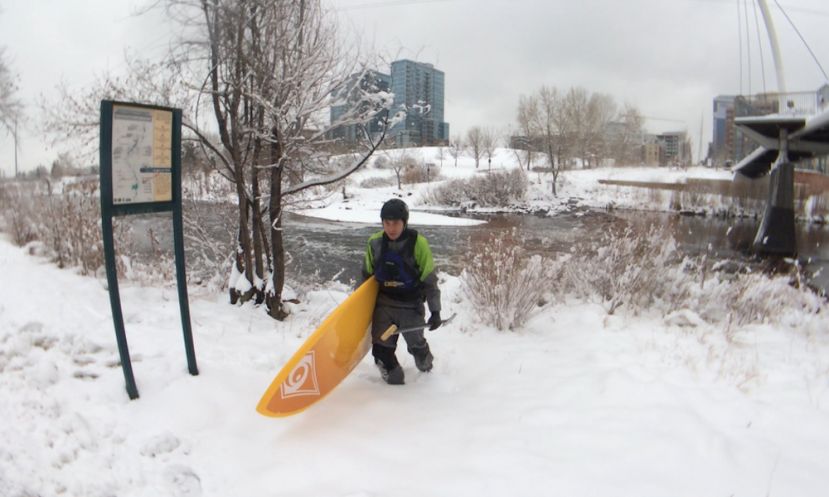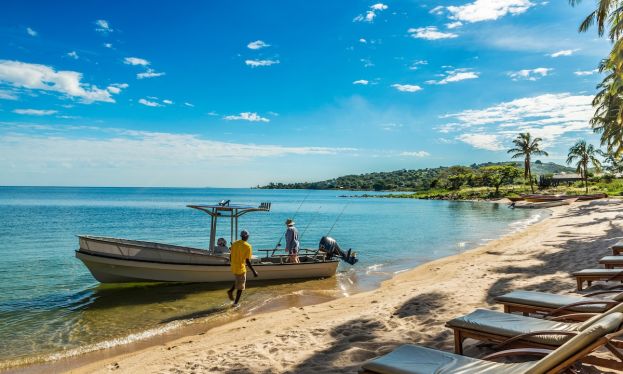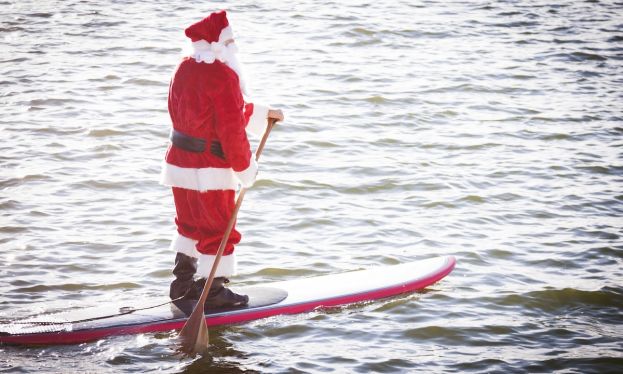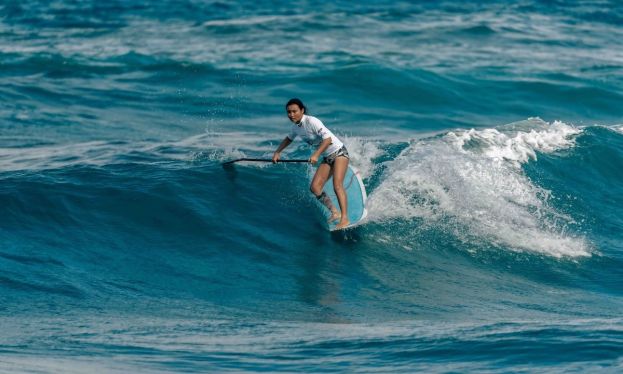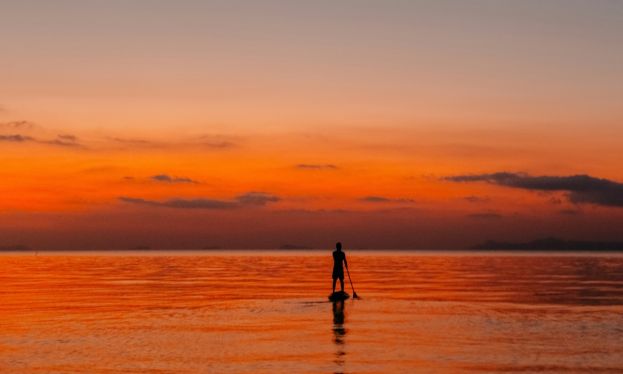How To Layer Up For Cold Water Paddling
- Written by Alex Mauer
- Published in Tips
- Comments::DISQUS_COMMENTS
LITTLETON, Colorado - Why chose a drysuit over a wetsuit in cold water paddling? The human body gives off heat and the heat that the body gives off warms the space surrounding the body, this is known as convection. Wetsuits and drysuits are designed to use convection to keep the body warmer in cold conditions and according to experts, the human body loses heat 25-times faster in cold water. (You can learn more about the mechanisms of heat loss here.) So, why choose a drysuit? To put it simply, a drysuit is designed for longer periods of exposure in cold conditions. The layering beneath the drysuit is key though, so here are some suggestions on how to layer up before you paddle out in the cold water.
How To Layer
Base layer:
When getting suited up make sure you have your base layer. The base layer is the first layer you put on. With this layer it is important to use a quick dry material that sucks moisture away from the body so you can stay warm and dry during your paddle. NRS makes a great product called silk weight which is a great option for this base layer. As you’re looking for a quick dry material, keep in mind that you’re going to want to stay away from cotton, it will stay wet and suck the heat away from your body, which is obviously no good.
Insulation layer:
The insulation layer is very important because it keeps the heat from escaping from your body. The insulation layer should be a fleece layer that can go over the base layer. This layer is designed to minimize convection. When layered correctly, you minimize the amount of area around your body that sucks away your heat. NRS makes an Expedition Weight layering material that works great, you can check it out here! Also, don’t forget about keeping your feet warm! A great option is to use wool socks on your feet to keep the booties insulated.
Outer Layer:
The outer layer is the final layer of clothing which will be your drysuit. When looking for a drysuit, you want to make sure to chose a drysuit that is made out of breathable material. Having a drysuit made with breathable material will allow your perspiration to evaporate out of the suit, keeping you warm and dry. If you can, you should try to buy a suit with built in booties. Having warm dry feet will keep you more comfortable. After all, how can you stand on a board if you can't feel your feet?!
Note: Make sure you wear your safety gear on top of the outer layer!
 |
 |
 |
L-R: Base Layer, Insulation Layer, Outer Layer (dry suit). | Photos Courtesy: Alex Mauer
To see more SUP Tips, Click HERE.
Maximize Warmth, Gloves and Hoods:
When paddling in cold temps, you want to maximize your warmth by using gloves and covering your head. You can lose up to 75% of body heat through your head so it’s important to cover it up. You can use Neoprene caps or tuck a full wetsuit hood under your drysuit! For gloves, the best gloves to use (in my opinion and experience) are the NRS Maverick. These come in gloves as well as mittens and are waterproof, which is key. Once you get your gloves on, make sure to tuck them up into the wrist gaskets to keep your hands dry! This way, if you are paddling subzero temps, you can toss a few heating packs inside your mittens to maximize warmth!
Drysuit care and storage:
It’s important to properly store your drysuits as they can be pretty expensive, so you should definitely protect your investment and take the best possible care of your gear. Drysuits should be stored on a hanger in a dry place. There is a natural bulge shape in the zipper. Keep the suit stored zipped up only to the bulge. This will allow the zipper to maintain its natural shape.
 |
 |
Be sure to take care of your gaskets (left) and your built in booties (right). | Photos Courtesy: Alex Mauer
Gasket care:
Gaskets are the tight cuffs around the neck and wrists of the drysuit. If your gaskets are super tight and need a little bit of loosening up, they can be stretched out overnight with two liter bottles or coffee cans. The gaskets have ribs along the inside made to cut, but note that cutting the gaskets is a last resort as this action can’t be undone. At least once every month rub silicone onto the inside and outside of the gaskets to keep them from drying out. This will keep your gaskets from tearing and it will also make it easier to slip into the suit!
One last tip to keep in mind when putting your suit on is to never stand on gravel, street or sidewalk in the built in booties. Rocks, glass, etc. Will cut tears into the material causing leaks. Buy a pair of neoprene socks to wear on the outside to prevent this.
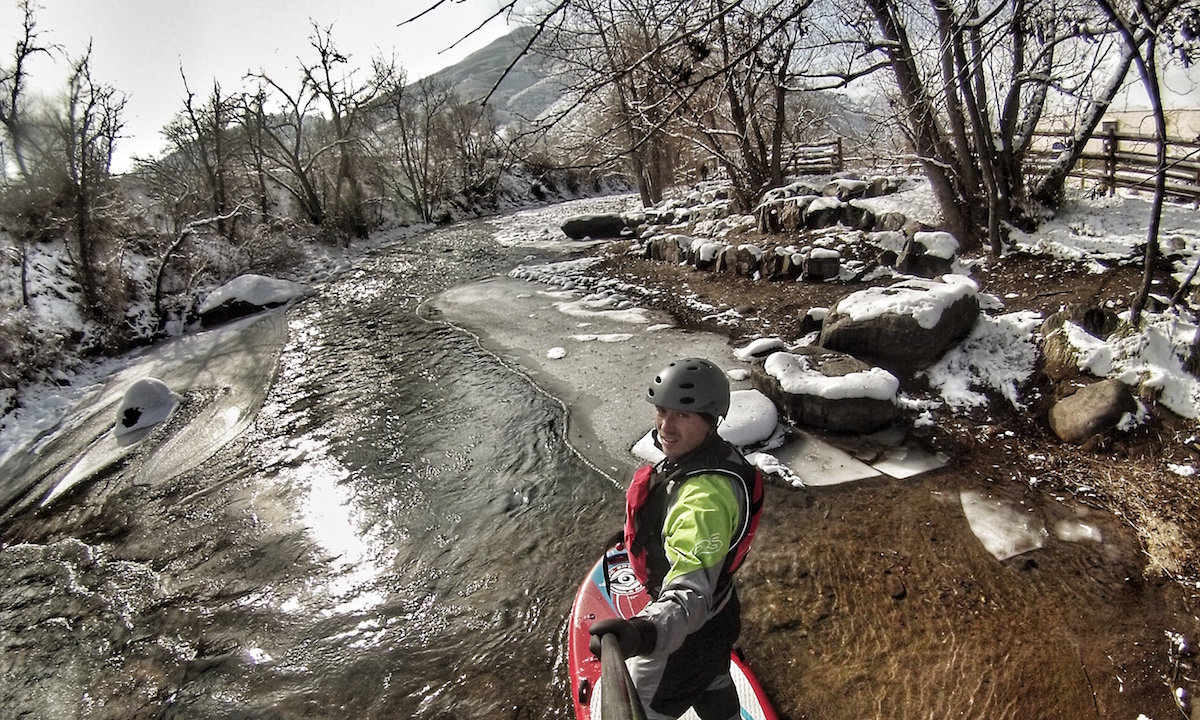 Alex Mauer paddling on a cold day in Colorado. | Photo: Alex Mauer
Alex Mauer paddling on a cold day in Colorado. | Photo: Alex Mauer
Following the guidelines and tips above, you should have no problem getting the proper gear to stay warm and dry when paddling in cold temperatures. To see more Tips for Cold Water Paddling, click HERE.
© Supconnect.com Copyrighted Exclusive Content

Alex Mauer
Alex Mauer is a long-time Colorado resident who since the age of 12 has been riding the local river waves. More recently, he has enjoyed the wonders of stand up paddling and has become one of its most passionate advocates and representatives. Mauer is one of Supconnect's most active contributors and an avid representative of the sport in his area. He can be reached and befriended via his profile page on Supconnect.
Website: /Mauer Email This email address is being protected from spambots. You need JavaScript enabled to view it.
